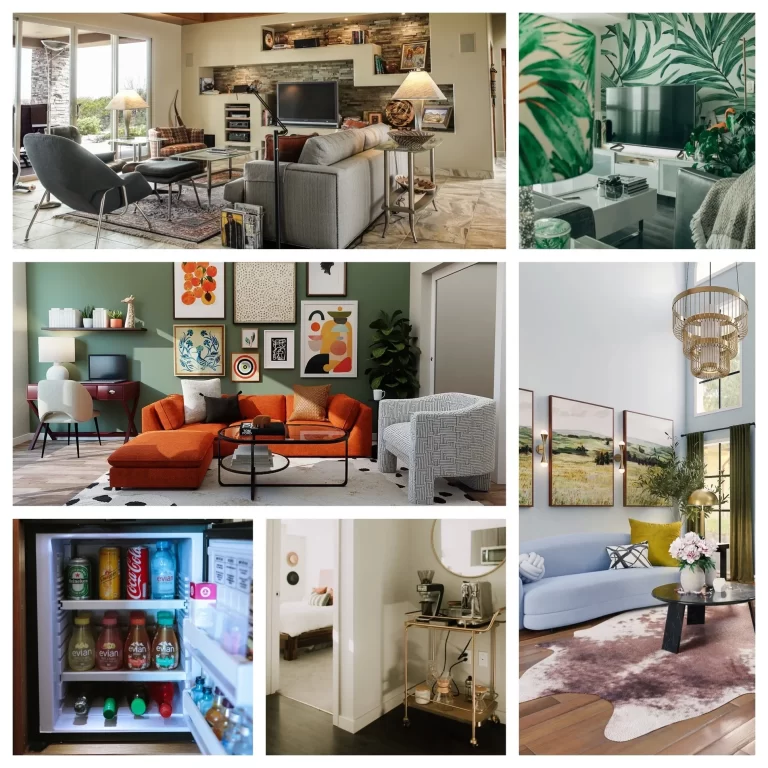What to Include in Your Portfolio: Showcase Projects That Reflect Your Style

Your portfolio is often the first impression potential clients have of your work, so it’s important to include projects that best showcase your design style, skills, and experience. But what exactly should you include in your interior design portfolio? Here’s how to curate a portfolio that represents your style and attracts the right clients:
1. A Variety of Projects
While it’s tempting to only showcase projects that best reflect your aesthetic, it’s important to display a diverse range of work. Include residential, commercial, hospitality, or even public space projects. This demonstrates versatility and shows potential clients that you’re capable of handling different design challenges.
2. High-Quality Photography
High-quality photographs are key to presenting your work effectively. Ensure that the images you choose highlight the key elements of the design, such as layout, color schemes, and furnishings. If possible, hire a professional photographer to capture your work, or learn how to take your own high-quality shots.
3. A Strong Opening Design Statement
Begin your portfolio with a statement or introduction that explains your design philosophy and style. This gives clients an idea of what they can expect when working with you and sets the tone for your portfolio.
4. A Mix of Finished Projects and Design Concepts
Including not only finished projects but also concept designs and sketches can help show your creative process. Concept images or mood boards demonstrate your design thinking and ability to visualize a project from start to finish. This helps potential clients understand your approach and how you bring ideas to life.
5. Client Testimonials
If possible, include quotes from happy clients or testimonials that speak to your professionalism, design ability, and customer service. Social proof can be very persuasive in helping you attract new clients.
6. Case Studies
In addition to photos, consider including case studies or narratives explaining the design challenges, solutions, and results of the project. This will give potential clients deeper insights into your process and the value you bring to a project.
7. Contact Information and Links to Social Media
Make it easy for potential clients to get in touch with you by including your contact information prominently. Also, link to your social media profiles, like Instagram or Pinterest, where clients can see more of your work and follow your design journey.
8. Consistent Style and Layout
Your portfolio itself should reflect your design style. Use a consistent layout, font, and color scheme that aligns with your aesthetic. Make sure the presentation of your portfolio is neat, clear, and easy to navigate.
Conclusion
A strong portfolio should showcase a diverse range of work, highlight your design style, and present high-quality images and detailed case studies. By carefully curating your portfolio, you’ll attract the right clients who resonate with your design philosophy and can appreciate the value you bring to each project.






